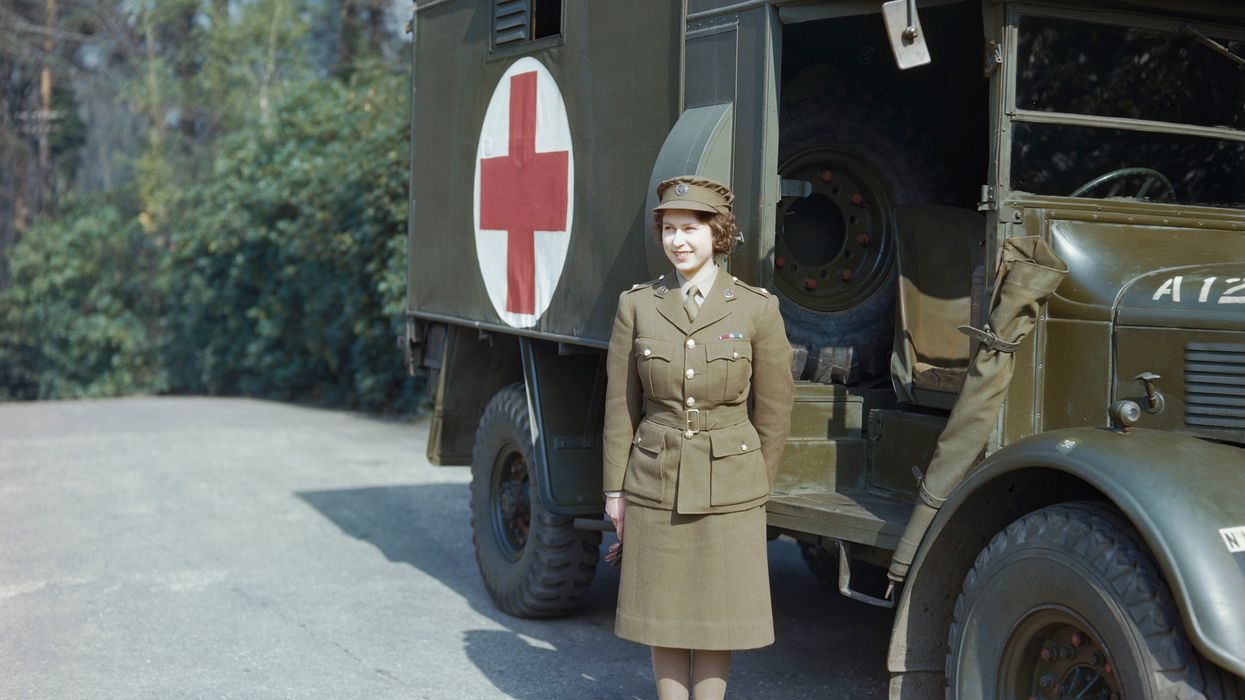Today, billions of people use Google Maps to explore the world and find anything from a coffee shop to a bookstore. But 550 years ago, when people had nothing, an Italian cartographer named Fra Mauro set out to design the world map. What he ended up creating came to be known as one of the greatest and most accurate maps at the time, per Atlas Obscura. The map, known as “Mappa Mundi,” was the “Google Earth of the 15th century,” and is equally relevant in the present day.
Mauro was born around 1400. Famous for his cartographic skills, he traveled on merchant and military ships. He eventually converted to a monk at the Monastery of St. Michael, in the Camaldolese order residing on the Venetian island of Murano. There, he was commissioned by King Alfonso V of Portugal to create a world map. So, he set to work.
After scrupulous investigation and meticulous craftwork, he came out with a long-drawn-out, eight-foot by eight-foot map of the world he knew. Mappa Mundi (World Map) bore the date stamp of 26 August 1460. "It's the oldest surviving medieval map," Meredith Francesca Small, author of the book “Here Begins the Dark Sea,” told BBC, adding that it is the most complete medieval map to survive into modernity. "It's the first map to be based on science more than religion.”
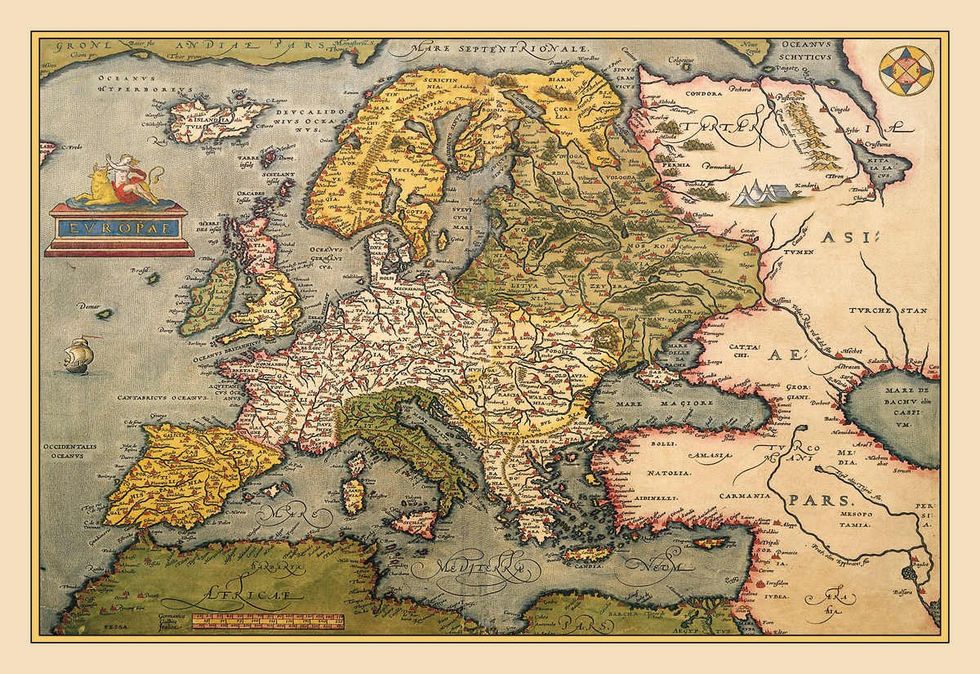
The elaborate map is a splendid golden and blue painting ornamented with gorgeous drawings of palaces, bridges, sailing ships, rolling blue waves, exotic animals, seven-headed Indian serpents, troglodytes, and gold lakes. The map features over 3,000 locations across Africa, Europe, and Asia, with scribbles written in ancient Venetian that illustrate the stories, anecdotes, and legends of that time.
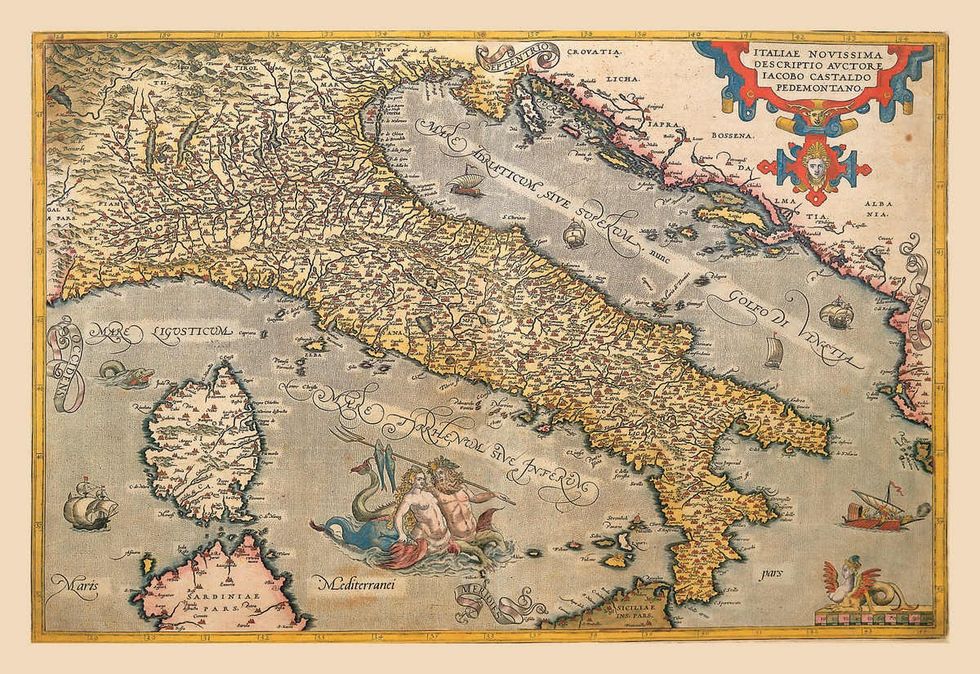
He received the information for many of these illustrations from explorers, travelers, and Arab traders who passed through the town. Adding to it, the fall of Constantinople had a great influence on Venice. Refugees, who traveled to the city, were more than willing to exchange the tales of their journey for hunks of bread and pitchers of drinks. Mauro saw his opportunity.
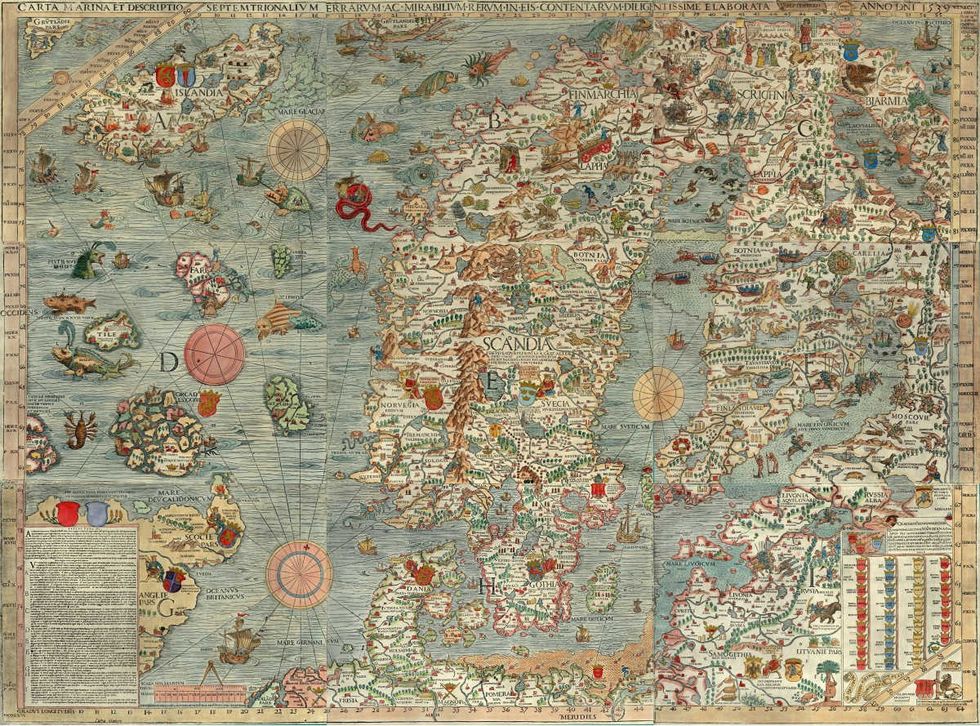
For days and months, he would talk with these travelers, inquiring from them their accounts of travels, while simultaneously researching the facts in his monastery’s library, in the lagoon backwaters. He would ask them what they saw, what kind of animals they came across, the sights and the smells, and all. People swapped stories with him about honey-wine lakes and surreal monsters. Despite the limited information he had, Mauro never went into the mythical or religious realm to craft his map. He was skeptical of religious beliefs.
Atlas Obscura explains that Mauro’s map is accurate enough to guide researchers to various archaeological sites in the present day. For instance, Mauro accurately portrayed places like the Awash River, mountain ranges surrounding Addis Ababa, and the Ziquala mountain and a monastery that still exists almost five centuries later. The magnificent Mappa Mundi is currently showcased in the Biblioteca Marciana (Library of Saint Mark), Venice, as per BBC.





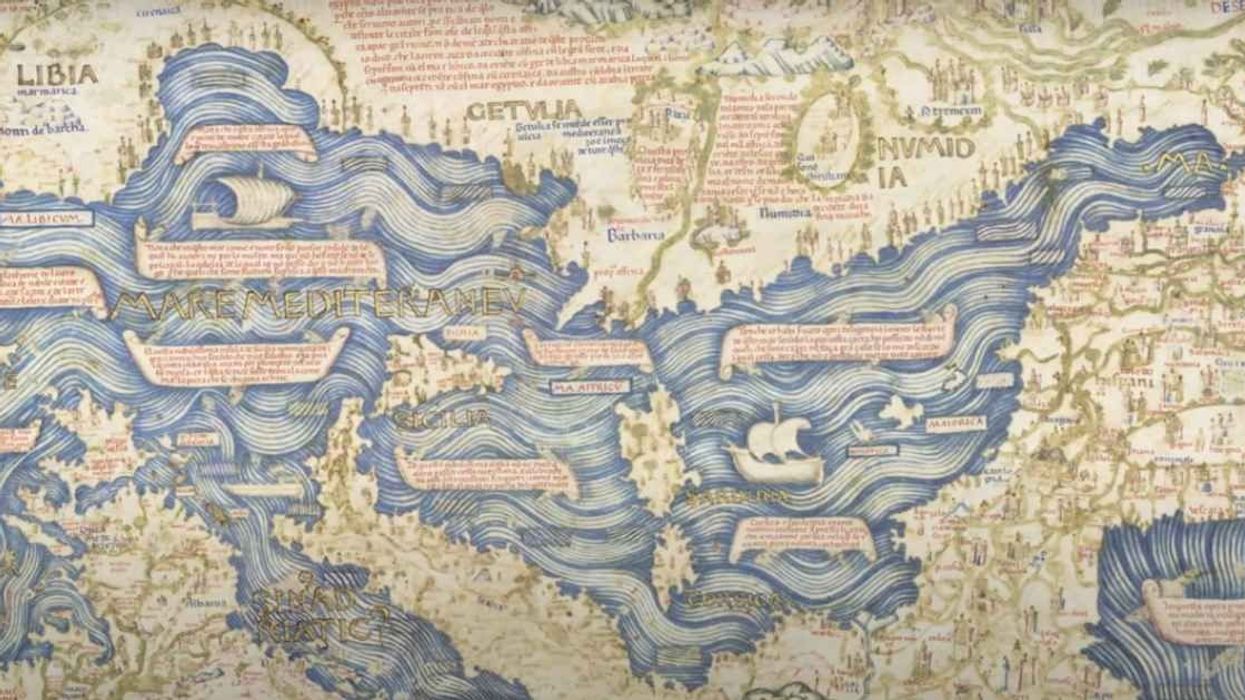











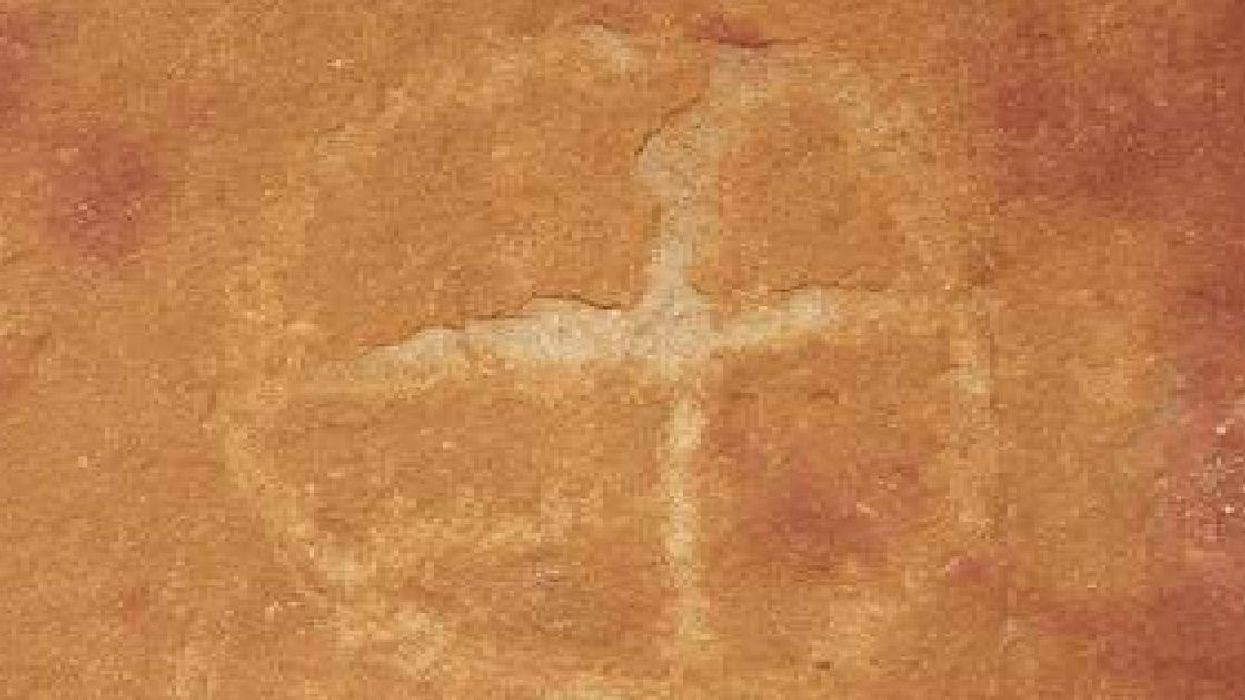
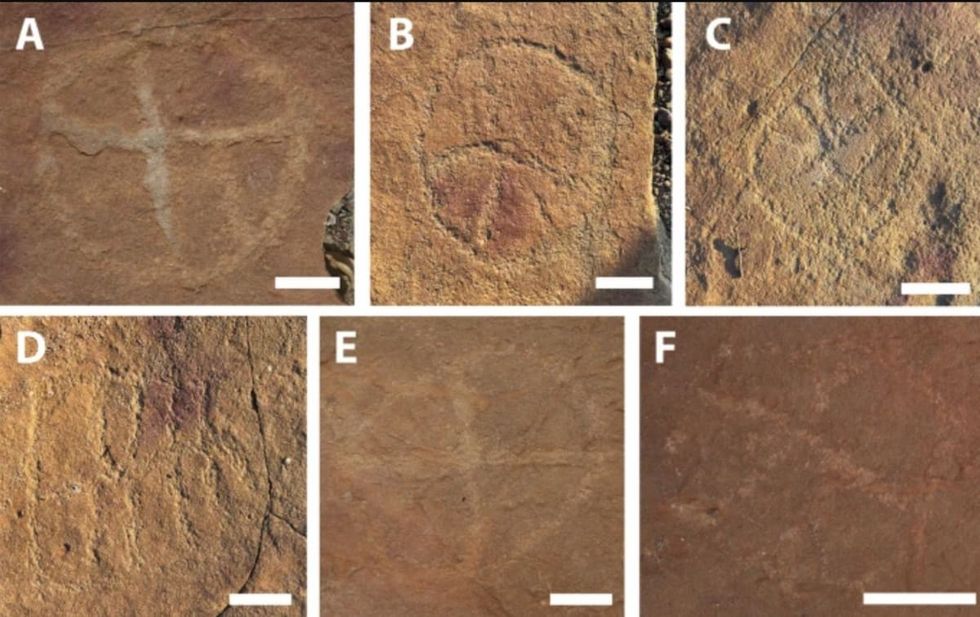 Image frmo Scientific Reports of ancient artwork. Image Source:
Image frmo Scientific Reports of ancient artwork. Image Source: 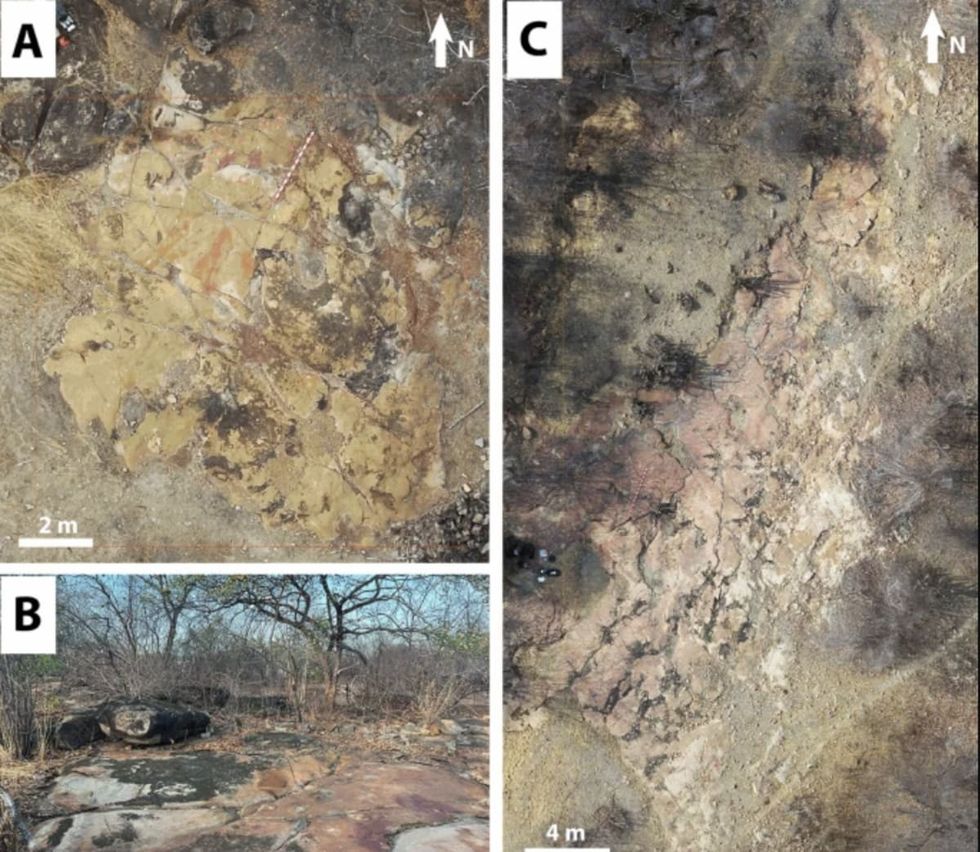 Image frmo Scientific Reports of ancient artwork.Image Source:
Image frmo Scientific Reports of ancient artwork.Image Source: 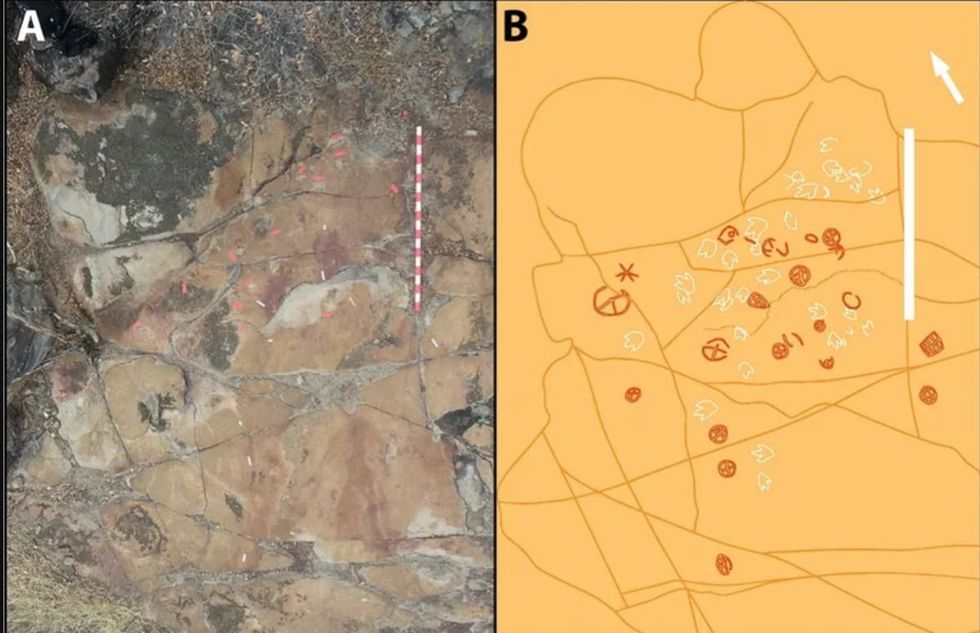 Image frmo Scientific Reports of ancient artwork.Image Source:
Image frmo Scientific Reports of ancient artwork.Image Source: 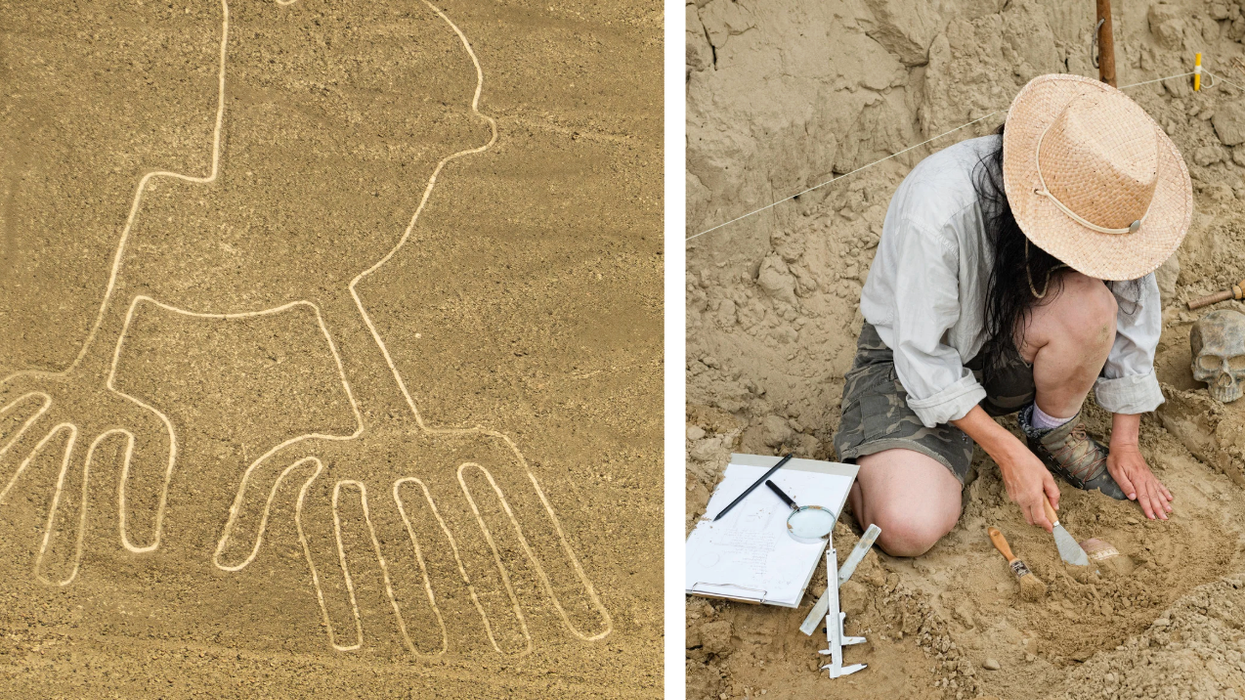
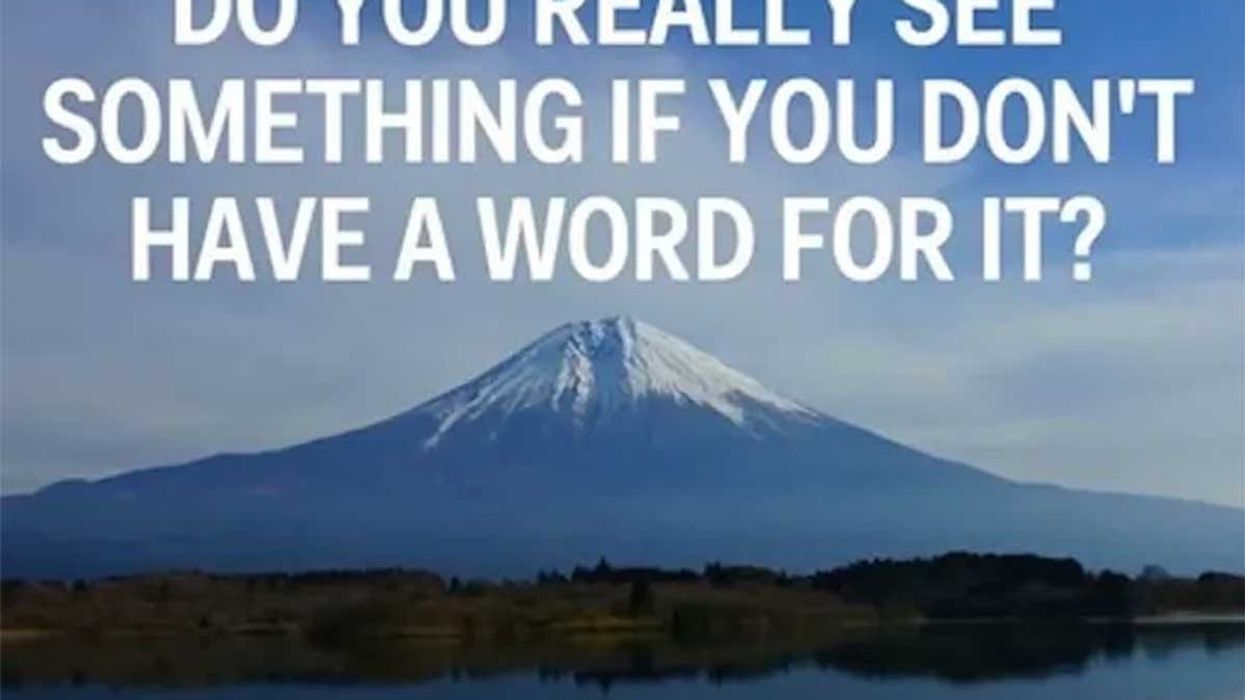
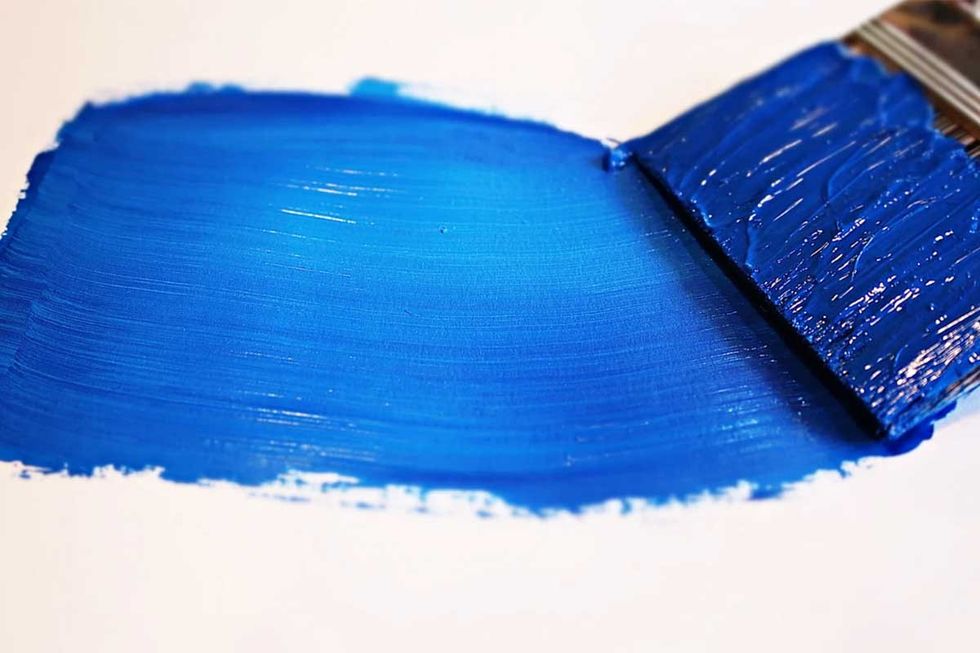 It's difficult to imagine seeing a color and not having the word for it. Canva
It's difficult to imagine seeing a color and not having the word for it. Canva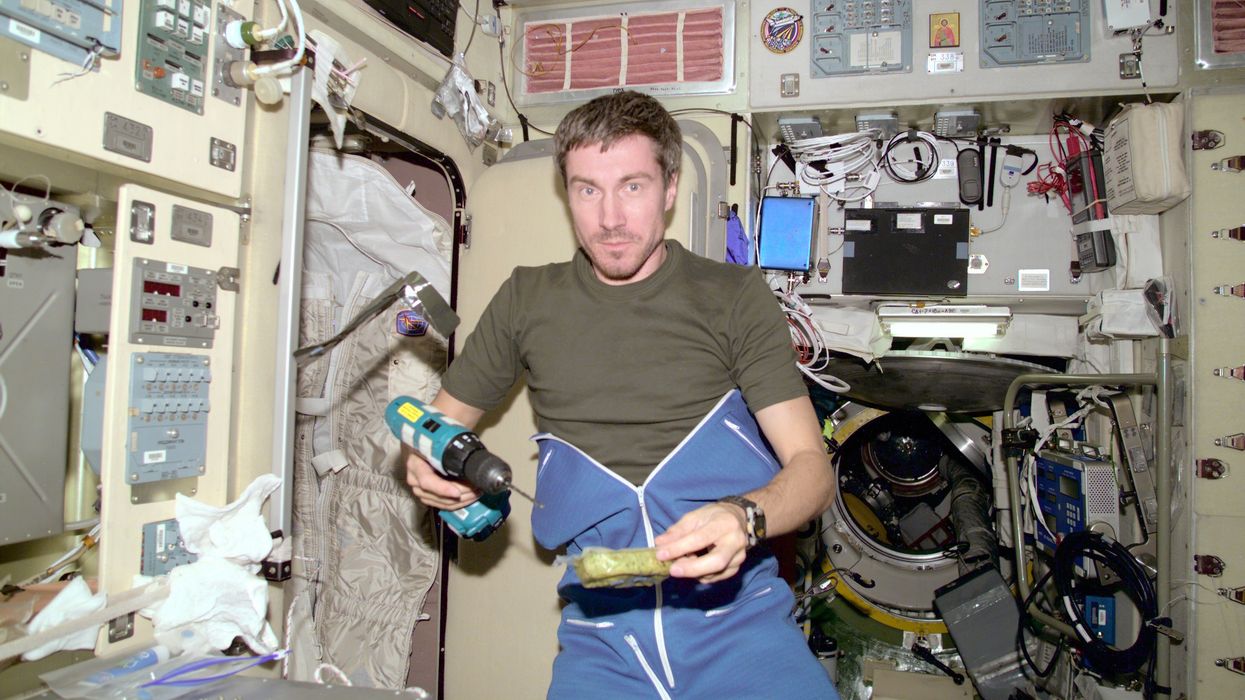
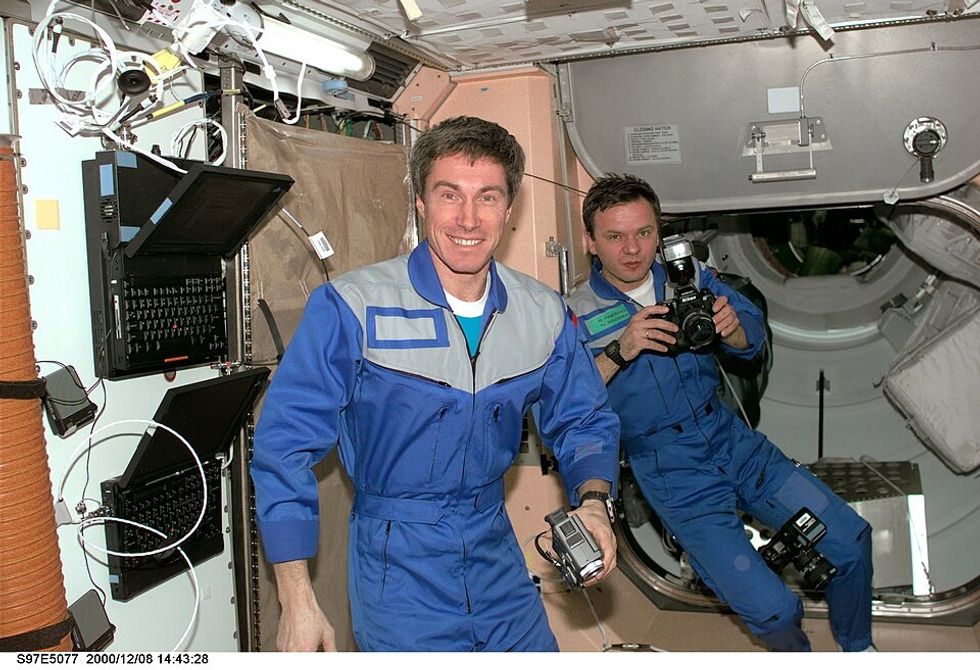 Sergei Krikalev in space.
Sergei Krikalev in space. 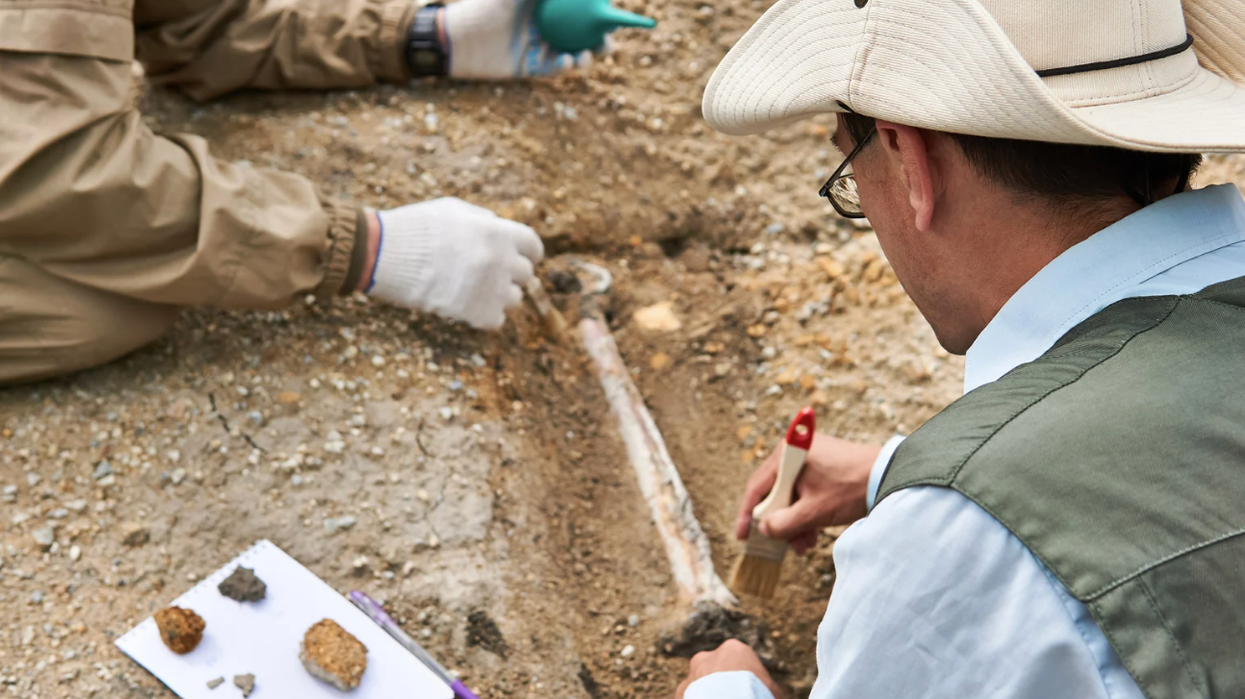

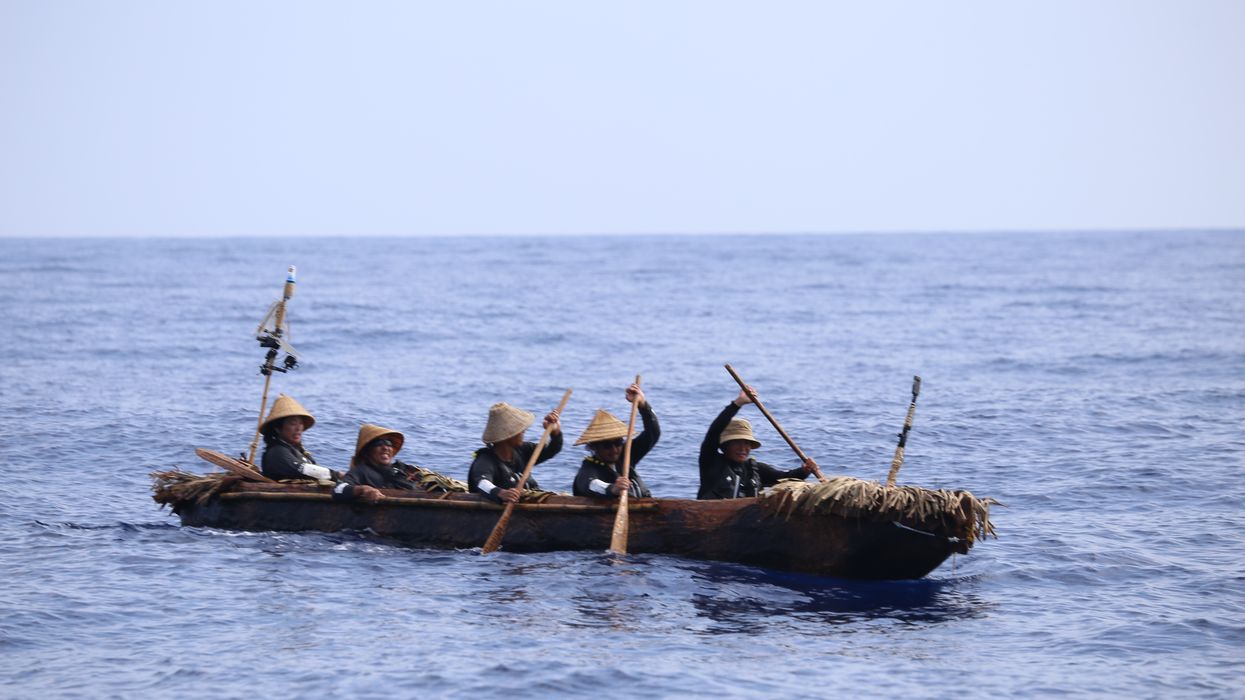
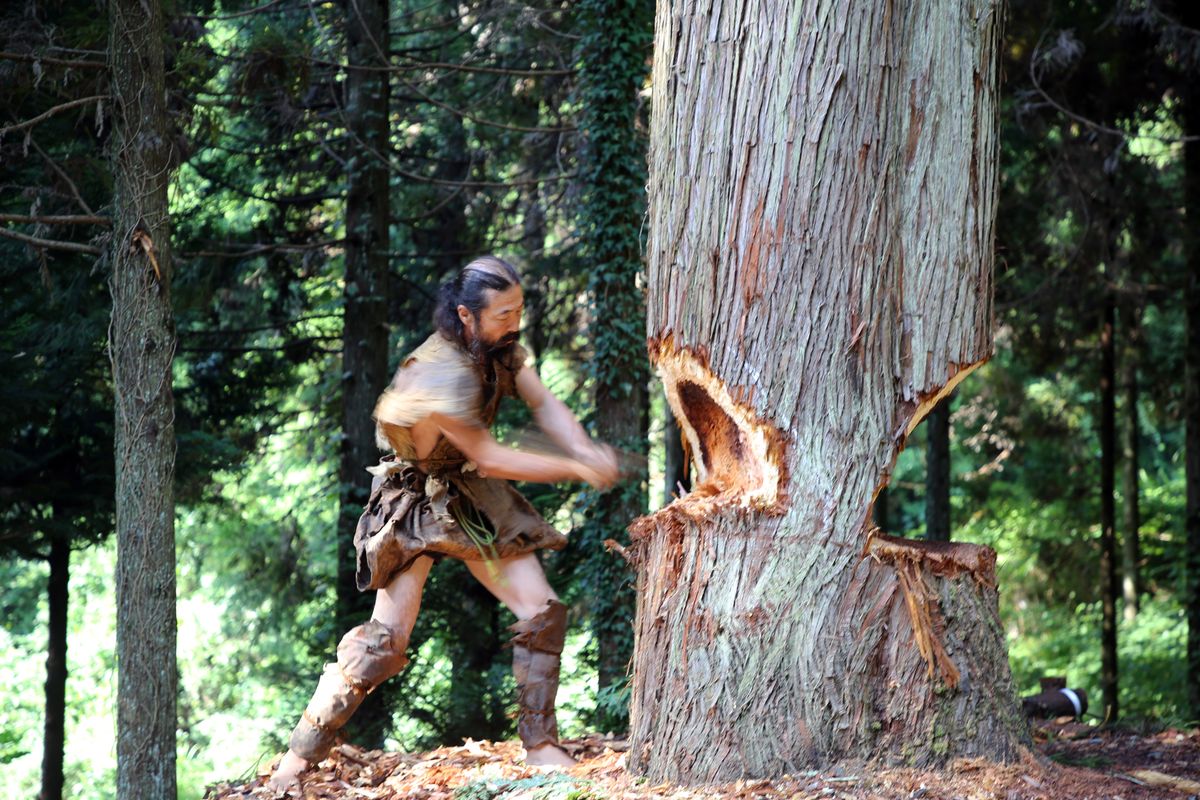 The team also crafted their canoe using ancient methods and Stone Age-style tools. National Museum of Nature and Science, Tokyo
The team also crafted their canoe using ancient methods and Stone Age-style tools. National Museum of Nature and Science, Tokyo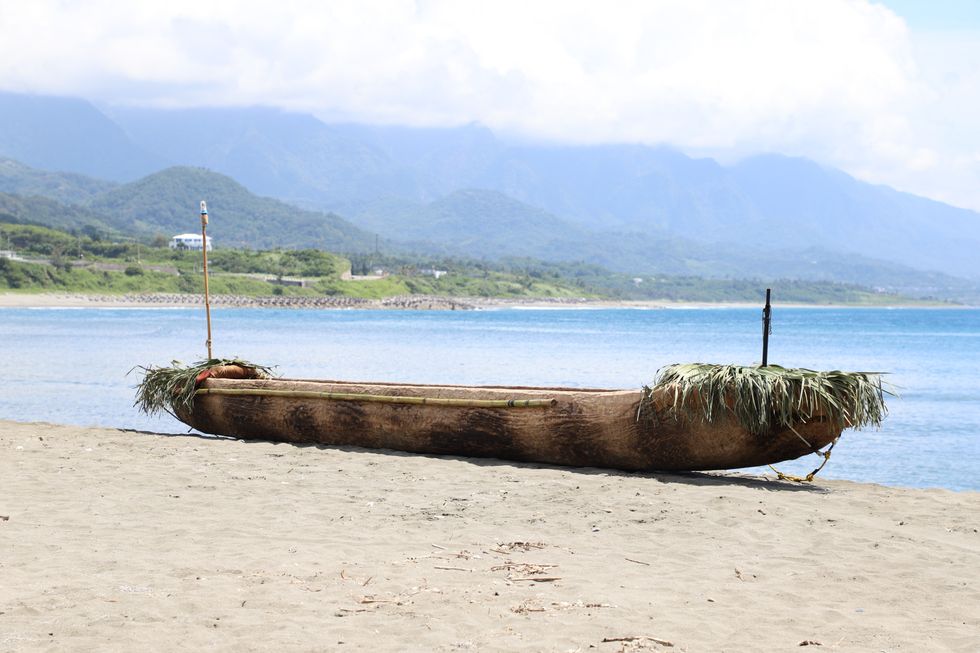 The cedar dugout canoe crafted by the scientist team. National Museum of Nature and Science, Tokyo
The cedar dugout canoe crafted by the scientist team. National Museum of Nature and Science, Tokyo